Ash Tree
- October 5, 2023
- 0 comment
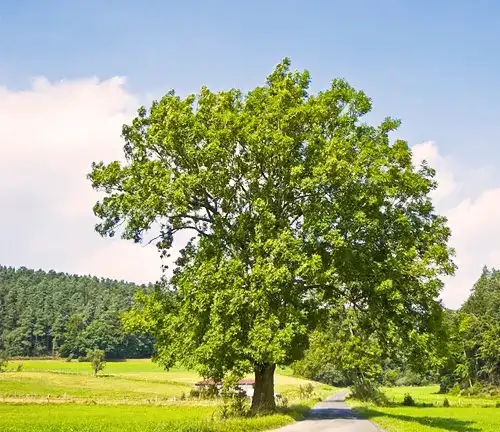
The Ash tree, belonging to the genus Fraxinus, is a botanical marvel celebrated for its grace and utility. With over 60 species spread across the Northern Hemisphere, these deciduous wonders exhibit distinctive features such as opposite branching and pinnately compound leaves. The delicate composition of these leaves, comprised of several leaflets, adds to the tree’s visual allure. The bark, ranging from smooth to fissured, undergoes transformations as the tree matures. Noteworthy species include the White Ash and Green Ash in North America, and the European Ash in Europe, each adapting to diverse climates from woodlands to urban settings.
Beyond its botanical appeal, the Ash tree has deep cultural significance. In Norse mythology, it is associated with Yggdrasil, the World Tree, symbolizing the interconnectedness of life. In Celtic traditions, the Ash is revered for its magical properties, linked to protection and divination. The tree’s cultural resonance extends to practical applications, as its timber is prized for strength and flexibility, making it a preferred choice for crafting tools, sports equipment, and furniture. Its resilience has, however, been challenged by the invasive emerald ash borer, prompting conservation efforts to protect these valuable trees.
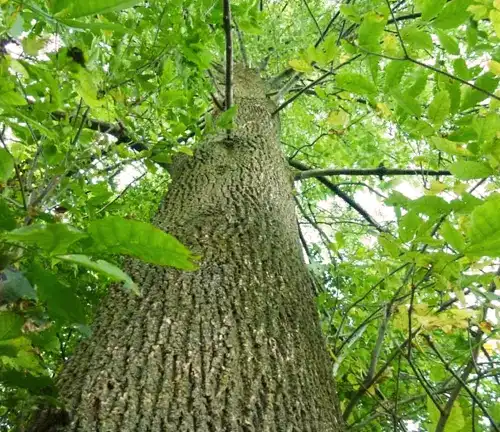
Despite these challenges, Ash trees play a crucial role in the ecosystem. They provide habitat for various species, contribute to soil health through their leaf litter, and enhance air quality. Their expansive canopies offer shade and respite to both humans and wildlife, underscoring their environmental impact. In summary, the Ash tree is more than a botanical specimen; it is a symbol of resilience, cultural richness, and ecological importance. From ancient mythologies to modern applications, the Ash tree’s enduring elegance invites admiration and emphasizes its integral place in the natural world.
Ash tree emerges not only as a botanical wonder but as a global citizen, adapting to diverse environments and weaving itself into the fabric of human culture. Its story encompasses not just the elegance of its form and the utility of its wood but also the challenges it faces in a changing world, underscoring the interconnectedness of nature, culture, and our shared responsibility for environmental stewardship.
| Characteristic | Description |
| Scientific name | Fraxinus |
| Family | Oleaceae |
| Height | 60-100 feet |
| Growth rate | Moderate to fast-growing, with young trees exhibiting more rapid growth. |
| Soil type | Well-drained |
| Sun exposure | Full sun to partial shade |
| Branching Pattern | Opposite |
| Habitat | Various species adaptable to a range of climates, from woodlands to urban environments |
| Life Span | Typically, Ash trees have a lifespan of 50 to 200 years, depending on species and environmental conditions. |
| Air Purification | Acknowledged for its ability to filter pollutants from the air, contributing to improved air quality in urban areas. |
| Root System | Develops a fibrous root system that provides stability; however, caution is needed as roots can be invasive and may lift pavement in urban settings. |
A Brief History
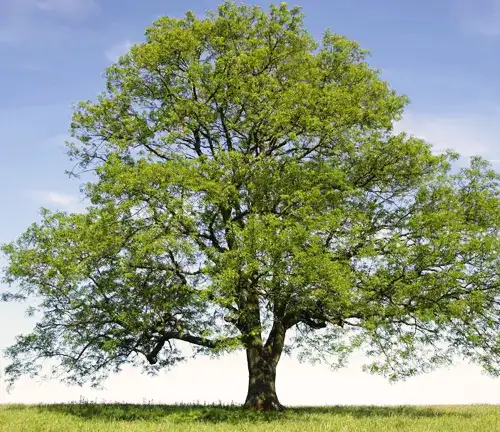
The Ash tree, belonging to the genus Fraxinus, has a rich history deeply entwined with human civilization. Stretching across the Northern Hemisphere, its story begins in ancient mythologies and folklore, where it often symbolizes resilience and interconnectedness. As we delve into the annals of time, the Ash tree emerges not just as a botanical wonder but as a cultural icon with roots embedded in the narratives of various civilizations.
Color/Appearance
One of the distinctive features of the Ash tree lies in its vibrant foliage. As the seasons change, the compound leaves transform into a palette of colors—ranging from brilliant yellows to deep purples and reds. This seasonal metamorphosis, particularly in the fall, paints the landscape with a breathtaking display of nature’s artistry.
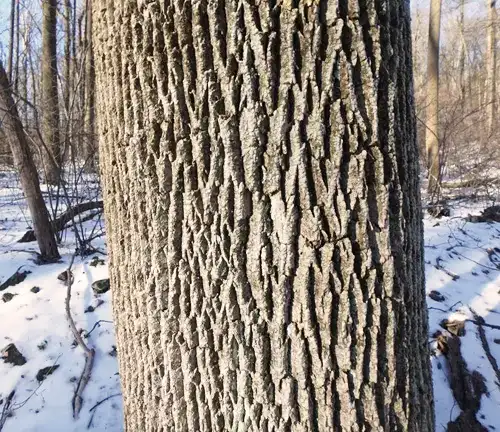
Unique Features

The Ash tree showcases a host of unique features that make it stand out in the arboreal tapestry. Opposite branching, pinnately compound leaves, and bark that evolves with age contribute to its botanical allure. The tree’s resilience to a variety of climates and soils underscores its adaptability, making it a versatile and enduring presence in diverse ecosystems.
Ecological Importance
Beyond its aesthetic appeal, the Ash tree plays a crucial role in supporting biodiversity. Its expansive canopy provides habitat for various species, while the fallen leaves enrich the soil, contributing to the health of forest ecosystems. Moreover, its presence enhances air quality, marking the Ash tree as an ecological cornerstone.
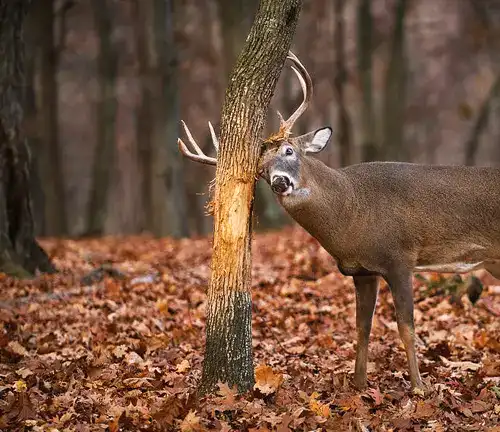

Adaptation and Resilience
The adaptability of the Ash tree is a testament to its resilience. Whether standing tall in woodlands or gracing urban landscapes, these trees have demonstrated an ability to thrive in changing environments. This adaptability is crucial in the face of ongoing environmental shifts.
Cultivation and Care
Cultivating and caring for Ash trees involves understanding their preferences and needs. From choosing an appropriate location to providing adequate watering, nurturing these trees ensures their optimal growth. Whether in a backyard or a forest, the careful cultivation of Ash trees is a stewardship of their legacy.
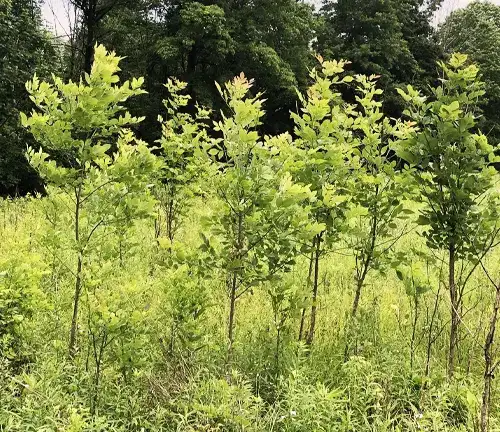
Life Cycle
The life cycle of the Ash tree unfolds with the changing seasons. From the emergence of delicate leaves in spring to the vibrant hues of autumn, each phase marks a chapter in the tree’s journey. Understanding this life cycle deepens our appreciation for the intricate dance between the Ash tree and its environment.
Cultural and Historical Significance
The cultural and historical significance of the Ash tree is woven into the fabric of human traditions. From Norse mythology, where it is linked to the World Tree, to Celtic beliefs associating it with protection and divination, the Ash tree transcends its botanical identity to become a symbol of cultural heritage.

Wood Products and Applications

Ashwood, with its straight grain and strength, has found its way into various aspects of human life. Craftsmen have long prized it for creating tools, sports equipment like baseball bats, and furniture. Its applications extend into flooring, cabinets, and even musical instruments, where its qualities shine through in both form and function.

Other Uses
The utility of the Ash tree goes beyond wood. Traditional uses include medicinal applications, with extracts from its bark known for certain health benefits. The tree has also been employed in crafting baskets, showing the versatility of its components.


Threats and Conservation
Despite its resilience, the Ash tree faces threats, most notably from the invasive emerald ash borer. Conservation efforts are underway to combat the spread of these destructive pests, emphasizing the need to preserve the diversity of Ash species and protect their invaluable contributions to ecosystems.

Benefits
The benefits of the Ash tree extend beyond its visual appeal and utilitarian uses. Its ecological contributions, including habitat provision, soil enrichment, and air purification, make it an unsung hero in maintaining the balance of natural systems.
Popular Beliefs
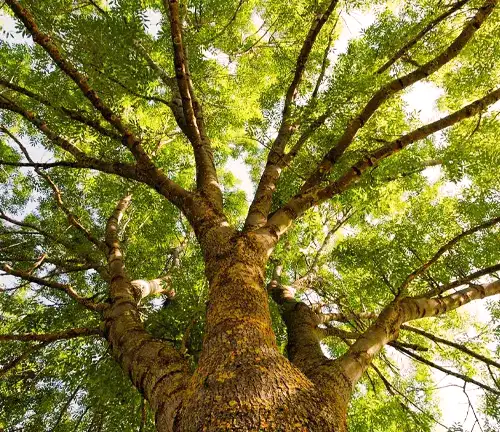
Embedded in popular beliefs, the Ash tree often carries symbolic weight. Whether seen as a symbol of endurance, protection, or interconnectedness, these beliefs speak to the profound impact the Ash tree has had on human imagination and culture.
Common Species of Ash Tree
White Ash (Fraxinus americana)
White ash is native to eastern and central North America. It is known for its valuable wood, which is used in furniture making, flooring, and sports equipment like baseball bats.
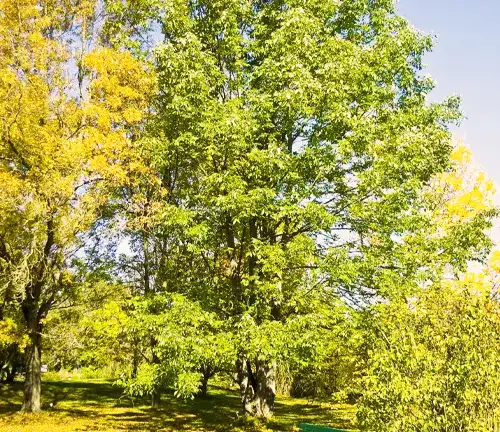
Green Ash (Fraxinus pennsylvanica)
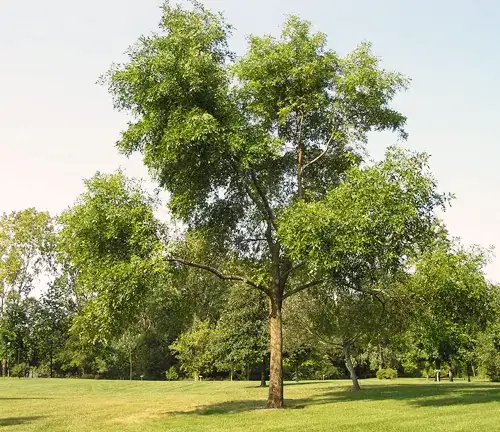
Green ash is another North American native, widely distributed across the eastern and central United States and parts of Canada. It’s commonly used in landscaping and as a shade tree.
Black Ash (Fraxinus nigra)
Black ash is native to eastern North America, primarily in swampy or wetland areas. It is used for making baskets and other crafts due to its flexibility.
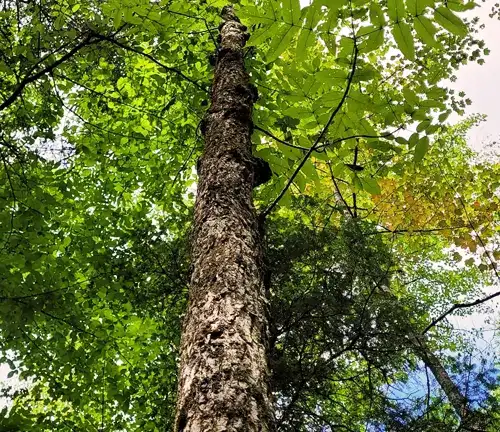
Blue Ash (Fraxinus quadrangulata)

Blue ash is found in parts of eastern and central North America. It gets its name from the distinctive square-shaped twigs. It’s less commonly used for lumber due to its tendency to grow in irregular shapes.
European Ash (Fraxinus excelsior)
European ash is native to Europe and is widely planted as an ornamental tree in North America. It’s known for its graceful appearance and is also used for making furniture, tool handles, and sports equipment.
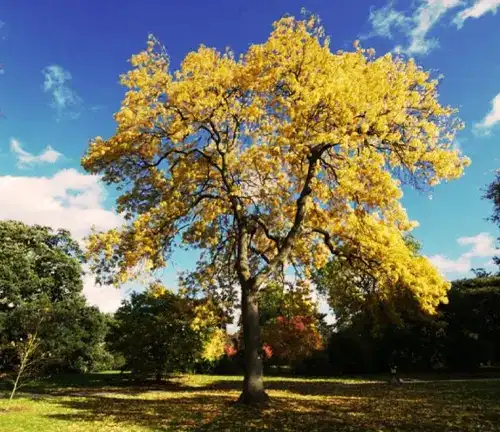
Manchurian Ash (Fraxinus mandshurica)
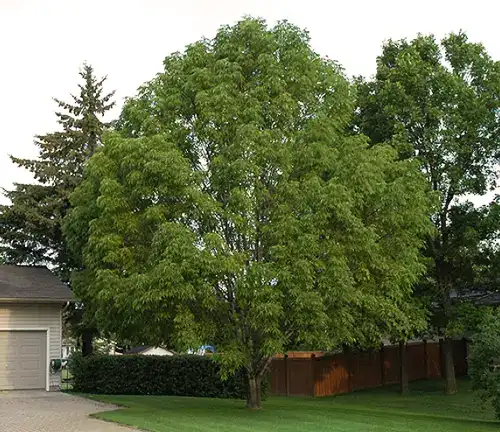
Native to parts of Asia, including China and Korea, Manchurian ash is used in various applications, including furniture, flooring, and as a shade tree.
Oregon Ash (Fraxinus latifolia)
Native to the Pacific Northwest of North America, Oregon ash is used for lumber, furniture, and cabinetry. It’s also a valuable tree for wildlife habitat.
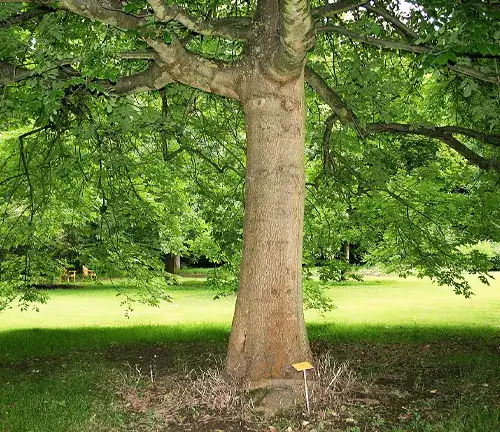
Conclusion
In conclusion, the Ash tree transcends its botanical identity to become a living testament to the interconnectedness of nature, culture, and human civilization. Its story, woven through time and cultures, stands as a reminder of the enduring beauty and significance found in the world of trees. Whether as a symbol of strength, a source of practical materials, or a key player in ecosystems, the Ash tree leaves an indelible mark on the canvas of our shared existence.
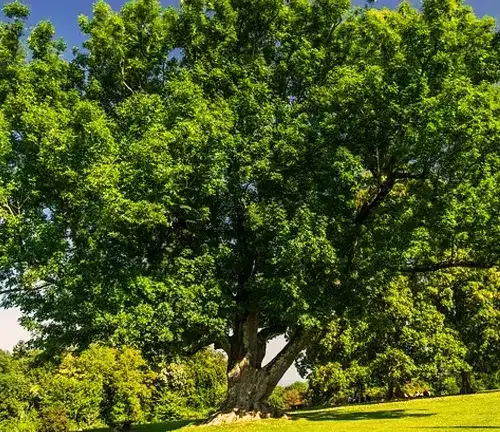
Frequently Asked Questions (FAQs)
- Are all ash trees susceptible to emerald ash borer infestations?
While many ash trees are vulnerable to emerald ash borer (EAB) attacks, not all species within the ash genus are equally susceptible. Some varieties exhibit more resistance to these invasive beetles. Understanding the specific type of ash tree and its characteristics can play a crucial role in managing and preventing infestations. - Do ash trees have any cultural significance or symbolism in different societies?
Ash trees hold cultural significance in various societies. In Norse mythology, the World Tree or Yggdrasil is often associated with the ash tree. Additionally, in Celtic traditions, ash trees are seen as sacred and are believed to have protective qualities. Exploring these cultural dimensions adds depth to our appreciation of these remarkable trees. - How does the ash tree contribute to biodiversity and ecosystems?
Ash trees provide valuable habitats for a diverse range of wildlife. Birds often nest in their branches, and the seeds, leaves, and bark serve as food sources for various insects and mammals. Understanding the ecological role of ash trees sheds light on their importance in maintaining biodiversity and supporting ecosystem health. - What are the key differences between different ash tree species?
Various species fall under the umbrella of ash trees, each with distinct features. Some factors that differentiate them include leaf morphology, bark characteristics, and geographical distribution. Learning about these differences helps in accurate tree identification and understanding the unique qualities of each species. - How are ash trees used in traditional medicine or folklore?
In certain cultures, ash trees have historical uses in traditional medicine and folklore. Different parts of the tree, such as the bark or leaves, are believed to have medicinal properties. Exploring the cultural and historical significance of ash trees in traditional practices provides insight into the rich tapestry of human-plant interactions.
In the fading light, we take our leave from the enchanting embrace of the ash tree. Its ancient branches, like storytellers, have woven tales into the very fabric of the wind. Underneath its verdant canopy, time slows, and the rustle of leaves composes a serene symphony. This venerable guardian, rooted deeply in the earth, symbolizes resilience and enduring strength. As we step away, let the whispers of the ash tree linger—a reminder to stand tall in the face of life’s storms and to find beauty in nature’s quiet moments. Until our next encounter beneath the leafy canopy, may the spirit of the ash tree accompany us on our journey through the ever-changing landscape of stories.


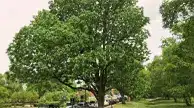



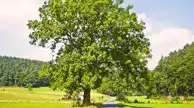




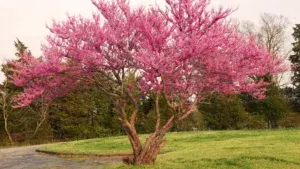
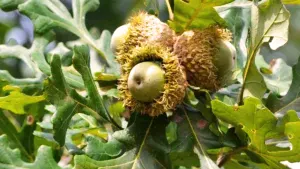


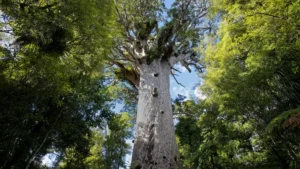
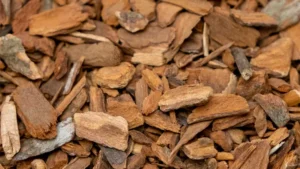


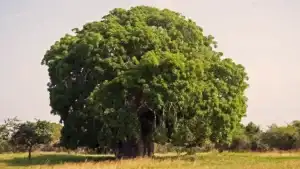

Leave your comment